Introduction to Kalchatti and Its Cultural Importance
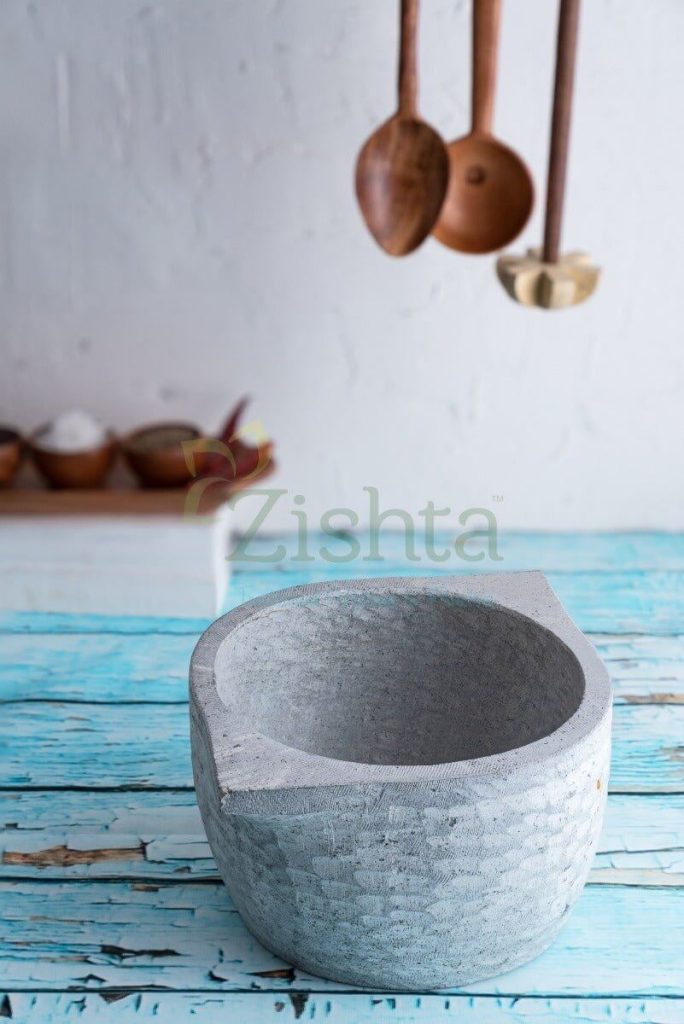
kalchatti, a traditional cooking vessel predominantly made of clay, has been a cornerstone of many South Asian households for centuries. This humble pot has not only served as a tool for cooking but also as a symbol of heritage and culinary artistry. In today’s fast-paced modern kitchens, many wonder how to integrate this ancient cookware safely without compromising modern safety standards. This article explores the kalchatti’s cultural significance and provides detailed guidance on safely using it in contemporary kitchens. buy soapstone cookware online India.
Understanding the Kalchatti: Design and Materials
Kalchattis are usually crafted from natural clay, though some are made with metal or ceramic composites. The natural clay enhances flavor retention and imparts a distinct earthy aroma to dishes, which many modern cookware types fail to replicate. Their design is simple but functional, typically round with a narrow mouth to retain heat efficiently. The material’s porous nature allows slow cooking, making kalchatti perfect for curries, stews, and rice dishes that require gradual simmering.
Benefits of Cooking with a Kalchatti in Modern Kitchens
Using a kalchatti in your modern kitchen offers unique benefits:
- Enhanced Flavor: Clay pots absorb and redistribute moisture, enhancing the taste and texture of food.
- Healthier Cooking: Clay cookware is free from harmful chemicals often found in non-stick or metal cookware.
- Eco-Friendly: Made from natural materials, kalchattis are biodegradable and sustainable.
- Cultural Connection: Using reconnects you with culinary traditions, offering an authentic cooking experience.
Preparing Your Kitchen for Kalchatti Use
Before you start cooking with a , ensure your kitchen setup supports safe use:
- Stable Heat Source: Use low to medium flame to prevent cracking.
- Proper Ventilation: Cooking with clay emits moisture; good ventilation is essential.
- Heat-resistant Surface: Place on a heat-proof trivet or surface to avoid damage.
- Avoid Rapid Temperature Changes: Sudden heat shocks can cause cracking.
Step-by-Step Guide to Safely Using
Seasoning the Kalchatti Before First Use
Seasoning the clay pot is vital to strengthen it and remove residual dust or dirt. To season:
- Soak the kalchatti in water for about 12 hours.
- Dry it naturally.
- Rub the inner surface with garlic or oil.
- Heat the pot slowly on low flame for 30 minutes.
- Let it cool before washing.
Choosing the Right Ingredients for Kalchatti Cooking
Kalchattis are excellent for slow-cooked dishes such as lentils, biryanis, curries, and rice preparations. Avoid acidic ingredients in large quantities as they can erode the clay.
Modern Safety Precautions for Traditional Kalchatti Cooking
To safely use a kalchatti:
- Never expose it to open flames beyond moderate heat.
- Avoid rapid heating or cooling.
- Handle with care when hot; use oven mitts.
- Store it in a dry place to prevent mold.
Cleaning and Maintaining Your Kalchatti
- Clean only with warm water and a soft brush.
- Avoid soaps or detergents which can seep into porous clay.
- Let it air dry completely before storing.
- Periodically re-season to maintain durability.
Troubleshooting Common Issues with Kalchatti Use
| Issue | Cause | Solution |
|---|---|---|
| Cracks appearing | Sudden temperature changes | Gradual heating/cooling |
| Odor retention | Residue buildup | Soak in baking soda solution, rinse well |
| Uneven cooking | Uneven heat distribution | Use heat diffuser or lower flame |
Combining Traditional Kalchatti Cooking with Modern Appliances
You can safely use a kalchatti on electric stoves with a heat diffuser or in an oven set to low heat. Avoid induction cooktops unless you have a compatible adapter. Combining traditional methods with modern appliances opens new cooking possibilities while retaining authenticity.
Popular Kalchatti Recipes Adapted for Modern Tastes
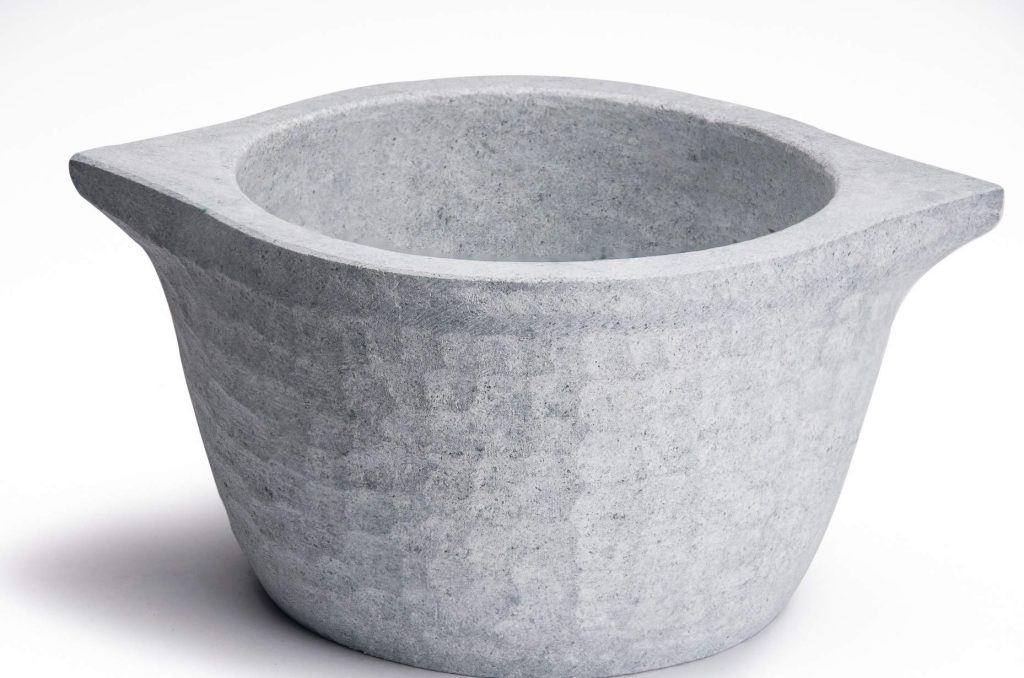
- Chicken Curry: Slow-cooked with traditional spices.
- Clay Pot Vegetable Biryani: Layered rice and vegetables for a flavorful one-pot meal.
- chatti Dal Tadka: Lentils tempered with mustard seeds and garlic.
Kalchatti vs Modern Cookware: Pros and Cons
| Feature | Kalchatti | Modern Cookware |
|---|---|---|
| Material | Natural clay | Stainless steel, non-stick |
| Heat Retention | Excellent, slow cooking | Quick, even heating |
| Flavor Impact | Adds earthy flavor | Neutral |
| Maintenance | Requires care, seasoning | Easy cleaning |
| Durability | Fragile, can crack | Highly durable |
| Health | Chemical-free, natural | May contain chemicals |
Where to Buy Authentic Kalchattis and Accessories
For authentic kalchattis, check reputable Indian or South Asian cookware stores online, such as:
- Amazon (search “authentic kalchatti”)
- Local ethnic markets
- Specialty cookware shops
Ensure the clay is natural and free from harmful coatings.
Frequently Asked Questions (FAQs)
1. Can I use a kalchatti on an induction stove?
Most kalchattis are not compatible with induction cooktops unless used with an induction-compatible plate.
2. How do I prevent my kalchatti from cracking?
Avoid sudden temperature changes; always heat and cool the pot gradually.
3. Is it safe to cook acidic foods in a kalchatti?
Small amounts are fine, but avoid prolonged cooking of highly acidic foods to protect the clay.
4. How often should I season my kalchatti?
Season it before first use and periodically if you notice dryness or dullness.
5. Can kalchatti be used in ovens?
Yes, but only at moderate temperatures and with care.
6. How do I remove odors from my kalchatti?
Soak it in a baking soda solution overnight and rinse thoroughly.
Conclusion: Embracing Tradition in Your Modern Kitchen
Incorporating into your modern kitchen is more than a culinary choice; it’s a journey back to traditional flavors and cooking wisdom. By following safety precautions and proper maintenance, you can enjoy the unique benefits of this timeless cookware while keeping your kitchen safe and efficient. Embrace this beautiful blend of tradition and modernity to elevate your cooking experience.
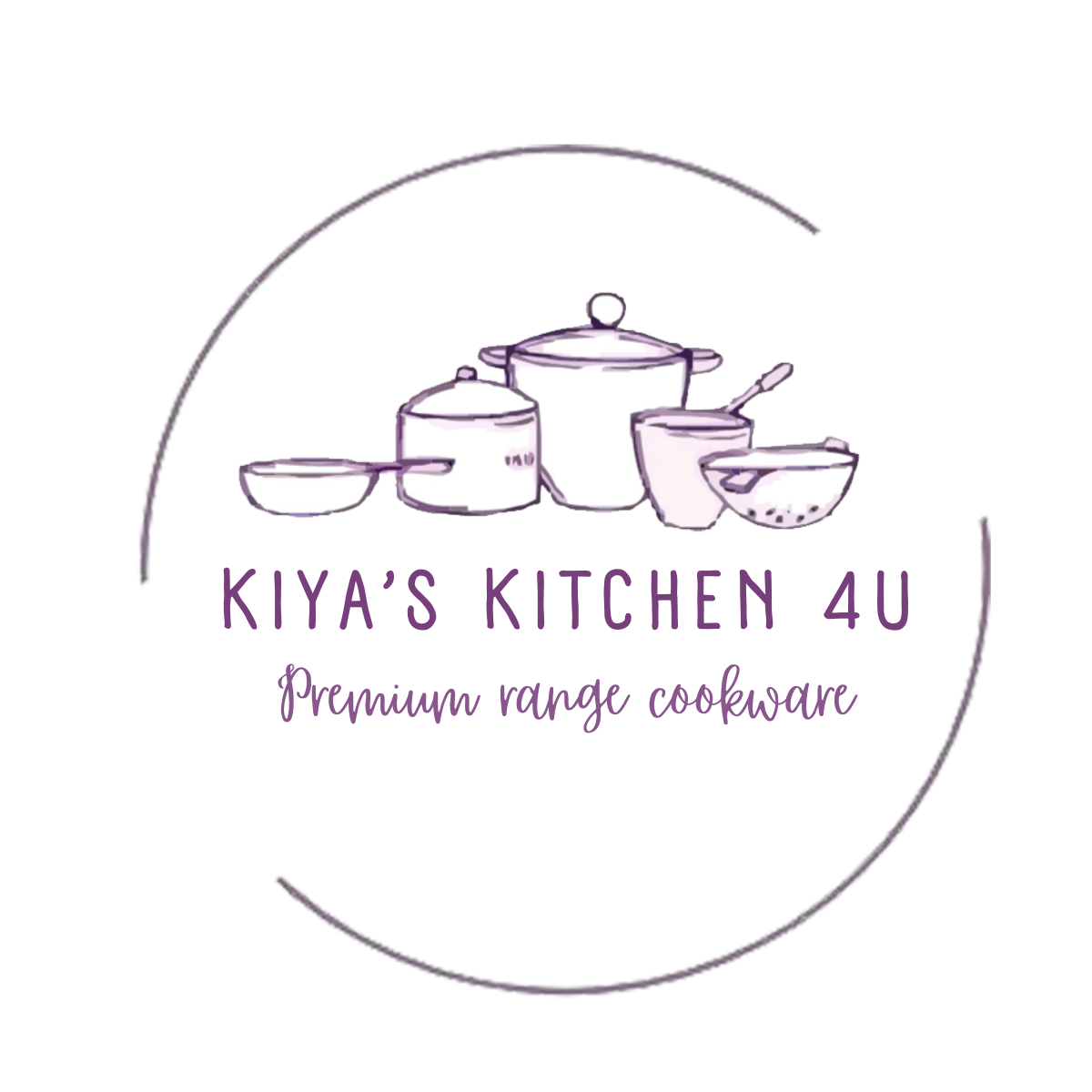

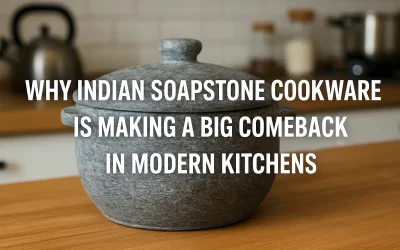
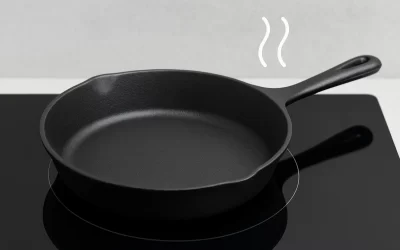

0 Comments